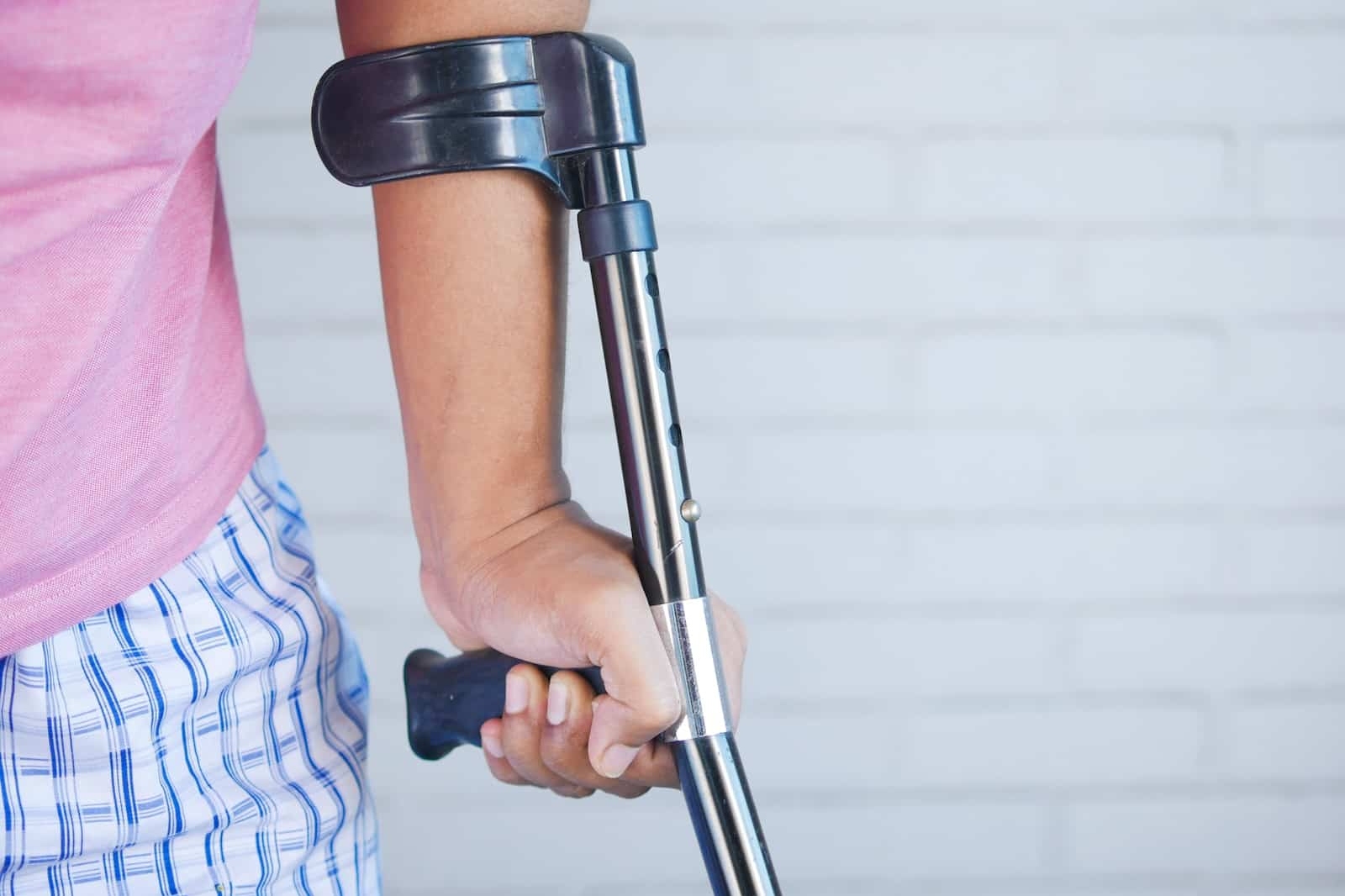Getting regulatory approval of your medical or dental device is only the start of the marathon to get your products finally into the hands of doctors.
With an ever competitive market, and the presence of industry giants (who have logistics, sales and marketing perfected) getting your products into the hands of doctors has never been more difficult.
After consulting with a new dental implant company, here are a things we discussed in trying to deliver your products to end users:
Run a Training Course

This has been the most traditional way to gain users of your medical products. If your product plays a part in the workflow of a medical procedure, it makes sense to teach a valuable skill to your audience.
For example, if you sell a type of dental adhesive, you could teach a course on dental veneers. The key here is to provide valuable knowledge, without overselling your product (doctors know when they’re being oversold!)
…or Sponsor One
Even if you choose not to run the course yourself, you could instead Sponsor a course and get your brand and product lines in front of your audience.
Sponsorship could involve:
- Providing products to be used at the live training event
- Food and lunch catering sponsorship
- Event space sponsorship
There are unlimited ways a training course could use your help, in exchange for promoting your own business.
Free Product Samples

Who doesn’t love free samples?
But the key is to provide them at the right place and time, so that samples and the potential of them attracting a new user is not wasted. As an example, think about providing samples at the time of a course – one for them to use during training; and one to use at their own business.
Free product samples are even more effective if you already have an existing product. So long as your product serves the same audience, every time you sell a product, you could provide free samples.
It’s much easier to sell to an existing customer than trying to gain a new one.
Ensure your product is better

Your product won’t do well if it’s not actually better and does what you claim. Your product should be:
- Easier to use
- Are your product instructions clear?
- Does your product reduce the number of steps in a workflow?
- Can the workflow be explained to a non-technical individual?
- More affordable
- Is your product cheaper compared to a competitor? (e.g generic brands)
- Does your product need to be replaced less in the long run?
- Provide better results
- Is your product promoted by respected KOLs in that industry?
- Do you believe your product is better than the alternative, whatever that metric of comparison?


